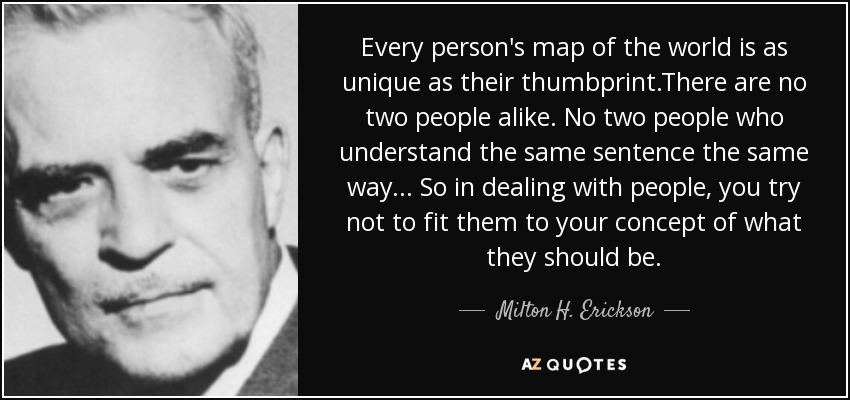Encourage (Water) the Positive
A concept that is so simple and obvious is sometimes the hardest to truly internalize and implement. We know we should encourage the positive in relationships but we are often at a loss on how to do so.
We worry when our children display character traits that are less than desirable, when they are selfish, mean or disrespectful. They certainly didn’t learn those traits from us, after all! But seriously, how do we respond when we see less than positive behavior, in our children, spouses and others? 
I recently read the book Water the Flowers Not the Weeds by Fletcher Peacock. A marvelous book written for therapists, it contains great wisdom for anyone wishing to facilitate positive communications with others.
It is an amazing resource for parents in many situations who need to communicate. It provides valuable insights for parents that wish to communicate with children, teachers and caregivers, in any realm.
How We Communicate is Key
Peacock explains that there are three levels of awareness in those that are having any difficulty in the social arena. The therapist (or anyone wishing to communicate with another) needs to be aware of how the other person sees himself. He needs to understand the degree to which the person desires to bring resolution to the issue at hand. 
Peacock (the author) speaks to therapists and talks about the ways in which clients relate to the challenges in their personal lives. However the understanding that he shares sheds light on many of our own interactions and communications.
He speaks about three ways that people generally relate to the difficulties. These ways of differ according to how seriously the person wishes to see change in his situation. He coins categorizations for three basic ways in which people relate to others. The categories are the Visitor, the Complainant and the Customer.
The Visitor is the client who does not think that he or she has a problem (picture the teenager who is continually breaking curfew).
The Complainant recognizes that he is has a problem but does not really have sufficient motivation to do something about it. At any suggested solution he will say, yes but…., yes but….
And finally there is the most enlightened form of client – the Customer. The Customer is the person who realizes that he has a problem and is highly motivated to do something about it.
We would think that it is possible to work only with the Customer, but in fact that is not the case. There are positive ways to gently communicate with each type of person, and he explains each of them clearly in the book. 
These communication methods are based on the philosophy of Milton Erickson, one of the greatest psychologists of the 20th century. His important work was a precursor to the Solutions Based Therapy movements today.
The Solution is Within
Solutions Based Therapy is a form of brief therapy. Rejecting the proponents of psychoanalysis, it does not delve deeply into the roots and causes of any particular issue. Rather, Erickson sought to find solutions. This means that in some cases it is not even necessary to know how the problem came about!
Erickson believed that every person has within him the deep reserves to find the solutions in their lives. It was the therapist’s (or the parent, spouse or friend’s) job to help the client draw on the resources within.
Erickson met the awareness of the client in the present and gently guided him by drawing on the resources that the client already possessed.
This book illuminates Erickson’s great wisdom and provides a more gentle and internal method of communicating with others.

This lovely book will help anyone communicate better. It will also help each one of us to recognize how we communicate with the different people in our lives.
By ‘watering the flowers,’ we stop to recognize small advances that the client (or anyone) has made towards the goal. We nurture the positive that is taking place now, instead of dwelling on the past.
“Water the Flowers, not the Weeds” is refreshingly in its approach to solutions. It is devoid of any of the negative consequences that occur when we dwell on the weeds. or the roots of a particular problem.
These methods shed light on our communication and how we can move from Visitors to Customers in any situation.






Leave A Comment